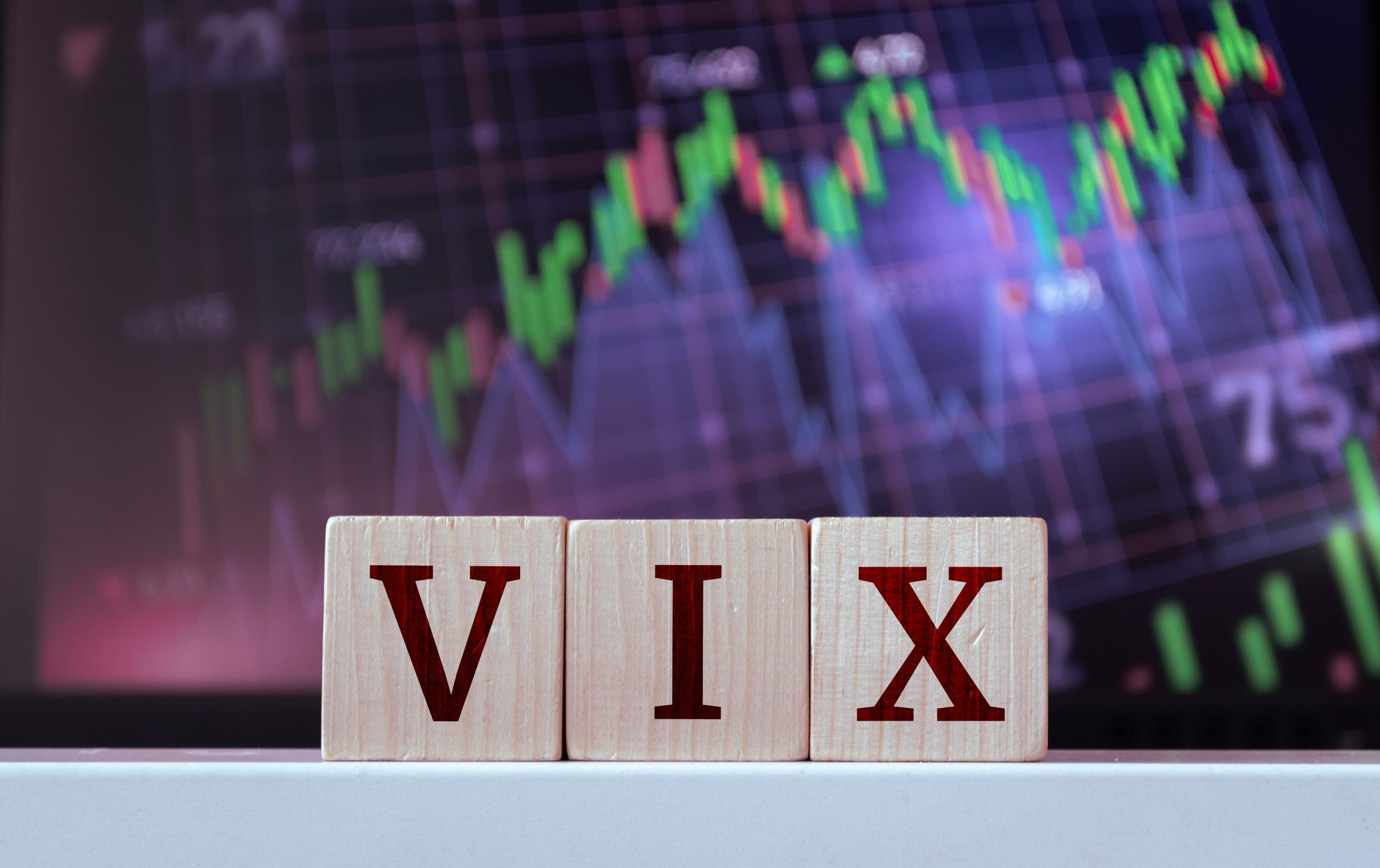Bear Market Lessons From Past Pandemics

Many investors and traders are currently grappling with a broader understanding of the current coronavirus crisis in the context of market history.
Due to the extreme spike in volatility during 2020, which was also observed during the previous Financial Crisis in 2008-2009, market participants (pundits and traders alike) have tried to extrapolate lessons from that period in history.
Likewise, investors are also analyzing previous global pandemics to see if any clues might be discovered on how and when the underlying economy might bounce back.
The bubonic plague (aka “Black Death”), which is believed to have wiped out some 100 million to 200 million people, easily comes to mind. However, this pandemic occurred in the middle of the 14th century, which means the disconnect between present-day society and that of a bygone era is dubious at best.
The Spanish Flu, which was active from 1918-1919, is another pandemic that comes up frequently today. That pandemic was caused by a strain of the swine flu (H1N1) and ultimately claimed about 50 million lives. The Spanish Flu is believed to be the second-deadliest public health pandemic of all time, after the Black Death.
A dimension of the Spanish Flu that is getting a lot of attention right now is the fact that this pandemic featured a so-called “second wave,” which was actually deadlier than the first. Global virologists have expressed serious concerns that the COVID-19 pandemic could behave in a similar manner and produce an even deadlier wave of infections during the upcoming winter of 2020-2021.
However, there’s another pandemic that should also be analyzed that has received much less attention than the Spanish Flu. That would be the so-called “Asian Flu” pandemic of 1956-1958.
Comparing the Asian Flu pandemic to the current one, there are a number of parallels that can be drawn between the two—and not only that both are believed to have originated in China.
In terms of classification, the Asian Flu was a hybrid form of influenza believed to be a combination of “avian flu” (originating possibly from geese) and human influenza.
Like the current coronavirus outbreak, the first cases were observed in China (in late 1956), and because it was also “novel” (i.e. a new strain), few people in the world had existing or natural immunity.
Like COVID-19, the Asian Flu outbreak started in late fall/early winter and spread outside of mainland China to Hong Kong and Singapore by early spring. But the Asian Flu did not arrive in the United Kingdom or the United States until the summer of 1957.
In the United States, the first wave of the virus peaked in October 1957, but the second wave, which was deadlier, didn’t peak until February or March of 1958.
Interestingly, it was reported that the Asian Flu of 1956-1958 could cause pneumonia “on its own,” without the presence of a secondary bacterial infection. The disease was also particularly deadly among the elderly and those with pre-existing heart and lung diseases (sound familiar?).
Some estimates suggest that 1 million to 2 million people may have died as a direct result of Asian Flu infections. Although, due to poor record-keeping standards and less-advanced medical technology, some experts have estimated that the total number of fatalities might have been even higher, between 2 million and 4 million.
Incidentally, the 1957-1958 Asian Flu is considered the ninth-deadliest pandemic in human history—even on the low end of that range. As of right now, COVID-19 already ranks as the 15th-deadliest.
It is generally accepted that the mortality rate of the 1957-1958 Asian Flu was considerably lower than COVID-19—around 0.3% for the former and 2% for the latter.
To put that in perspective, the “seasonal flu” is believed to have a mortality rate of 0.1%. That means COVID-19 is about seven times deadlier than the 1957-1958 Asian Flu and 20 times deadlier than the seasonal flu.
For investors and traders, there are additional aspects of the Asian Flu pandemic from 1956-1958 that also ring familiar in terms of both the economy and the financial markets.
For starters, historical data indicates that American stock markets suffered a “bear market” correction (defined as a drop of 20% or more from recent highs) when the Asian Flu landed on U.S. soil.
That correction has previously been referred to as the “Teddy Bear” correction of 1957, because it was perceived as relatively mild, especially when compared to other bear markets. The Teddy Bear correction saw the S&P 500 put in its low on Oct. 22, 1957, down about 21% from its recent high.
In comparison, the bear market experienced during the Great Depressions saw equity markets pull back over 80% during that legendary four-year period of economic turbulence.
Shown below is the historical performance of the S&P 500 during the period around which the Asian Flu was active (1956-1958):
Source: Marotta Wealth Management, October 2015
What’s even more interesting about the Asian Flu is that it not only catalyzed a bear market correction, but also an economic recession that lasted eight months.
In fact, the contraction in economic activity related to the Asian Flu pandemic still stands as the recent record holder (spanning 1947 to present) for the largest drop in quarter-over-quarter economic productivity in U.S. history: negative 10%.
Currently, the second-largest modern quarterly economic contraction was during the Great Recession, when fourth-quarter GDP in 2008 dropped by 8.4%.
Putting those numbers in different perspectives, current projections suggest that U.S. GDP during the second quarter of 2020 could plummet by 20%-30%, which would dwarf the contractions observed in 1958 and 2008.
Moreover, that means the two largest declines in quarterly GDP in modern U.S. history would both be linked to flu pandemics originating from Asia.
Regardless, the United States will undoubtedly enter a “technical recession” soon, to go along with the recent bear market correction. A technical recession is said to exist when two consecutive quarters of declining GDP growth are recorded. For the U.S., that will almost certainly occur in the first two quarters of 2020, possibly beyond.
The Bureau of Economic Analysis announced at the end of April 2020 that GDP in the U.S. had contracted by 4.8% in the first quarter of the year. It was the first quarter-over-quarter decline since 2014, when GDP declined by 1.1% during the first quarter of 2014.
Considering how dire the GDP contraction is expected to be in the second quarter (negative 20%-30%), that means the United States will officially be in a recession when the data is released in late July. Although, that basically means the recession is happening right now.
In sum, that means that for the first time since 1957-1958, the United States will be facing a public health pandemic, a bear market correction and a deep recession at the same time. And this time around, the threat from the pandemic is arguably more grave than 1957-1958 (higher mortality rate in COVID-19 vs. the Asian Flu).
For more information on how stock markets have historically traded during recessions, readers may want to review a previous installment of Market Measures on the tastytrade financial network when scheduling allows.
Editor’s Note: An expanded version of this article will appear in the upcoming print edition of luckbox magazine. Get your free digital subscription at getluckbox.com.
Andrew Prochnow, a longtime options trader and columnist, visits Asia quarterly and owns a stake in a technology company in Shenzhen, China. Readers can direct questions about topics covered in this blog post, or any other trading-related subject, to support@luckboxmagazine.com.




















